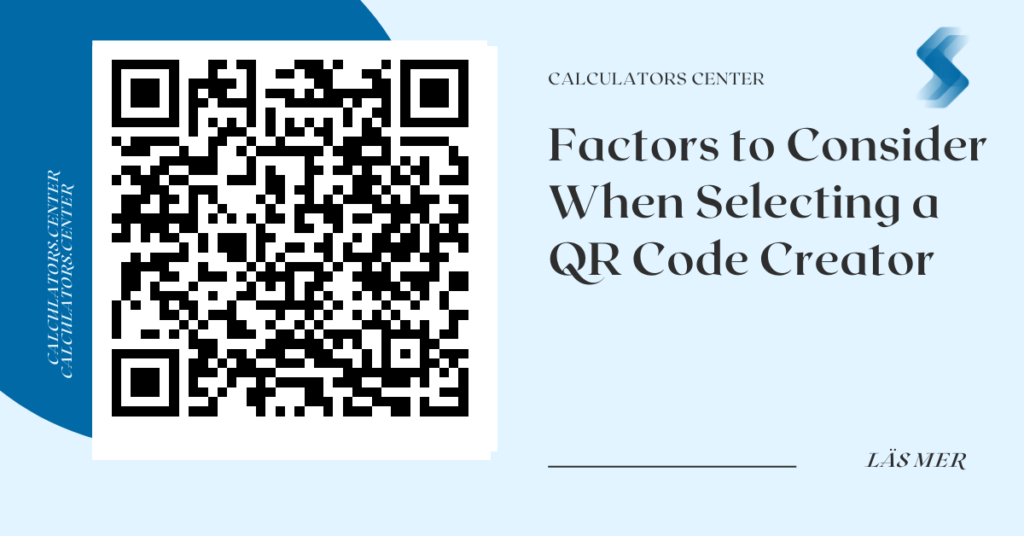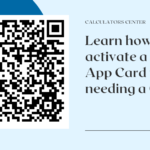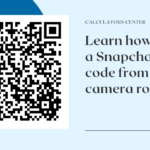Choosing the right QR Code generator can be a daunting task. With so many options available, it’s important to consider what features are most important for your needs. The first step is to sign up for Dummies and agree to their Terms of Use Privacy Policy in order to access their newest way of learning. After that, you can easily find a QR Code generator online or in your device’s app store. Many readers are also generators, so be sure to check if this is an option for you.
When selecting a free or paid generator, there are several features you should consider. First, make sure the generator creates a QR Code in a minute or less. This will ensure that you don’t have to wait too long for your code to be generated and ready for use. Additionally, look into the customization options available with each generator – some may offer more design flexibility than others. Finally, research any additional features such as analytics tracking and social media integration that could help you get the most out of your QR Codes.
What do the letters “QR” mean?
QR stands for Quick Response, and it is a type of barcode that can be scanned quickly. QR codes are two-dimensional matrix barcodes, which contain information such as URLs, text, or other data. They are used to store information in a way that can be read by a scanner or smartphone camera. QR codes have become increasingly popular over the years due to their convenience and ease of use.
The main advantage of QR codes is their speed and accuracy. They can be scanned within a couple of seconds, making them ideal for applications where time is of the essence. Additionally, they are capable of storing large amounts of data in a small space, making them perfect for applications such as product tracking and inventory management. Furthermore, they are also secure since they cannot be easily tampered with or duplicated. As such, they are often used in payment systems and other security-sensitive applications.
What is the purpose of a QR Code?
A QR Code is a two-dimensional barcode that can be read by smartphones. It works in a similar fashion to that of a traditional barcode, but instead of containing only numerical data, it can contain alphanumeric characters as well. The code consists of small black and white dots arranged in a square pattern which holds the encoded information. When the smartphone camera is directed at the code, it reads the data packets and displays the user information that is easily understandable.
The QR Code technology has been around since 1994 and has become increasingly popular due to its ability to store large amounts of data in a small space. It can be used for various purposes such as storing contact details, website URLs, product information, or even payment information. This makes it an ideal tool for businesses who want to quickly share their information with customers without having to type out long URLs or contact details. Additionally, QR Codes are also used in marketing campaigns as they provide an easy way for customers to access promotional offers or discounts simply by scanning the code with their smartphone camera.
How do I generate a QR Code?
Generating a QR Code is an easy and cost-effective way to quickly create a digital link for customers or employees. With the help of a QR Code generator, you can create any kind of QR Code with just a few clicks. The first step in generating a QR Code is to select a reliable QR Code generator. Beaconstac is one such solution that offers both static and dynamic QR Codes. Static QR Codes are permanent and do not change, while dynamic ones can be edited or updated at any time. Once you have selected the type of QR Code to be generated, you can customize it according to your needs by adding colors, logos, frames, etc. You can also track the performance of your codes with analytics provided by Beaconstac. After customizing your code, simply download it and start using it right away!
As the world changes and becomes more technologically advanced, QR code menus have started to replace paper menus in restaurants, bars, cafes, and salons. For example, if you run a restaurant and want to implement contactless transactions, you can display QR codes so customers can order and pay with one scan.







